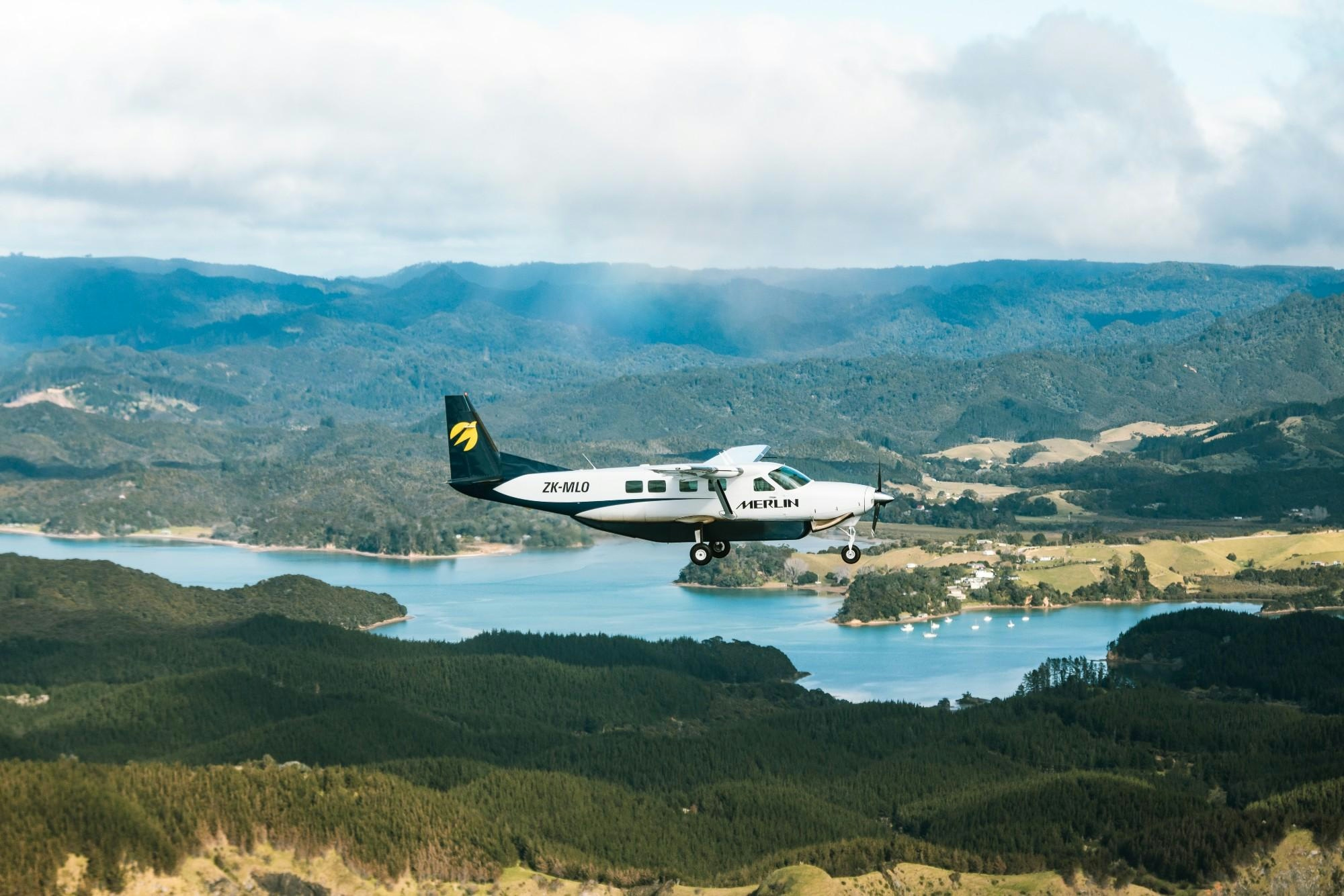
AeroGenie — Your Intelligent Copilot.
Trending
Categories
Electric and Hybrid Aircraft Innovation Platform
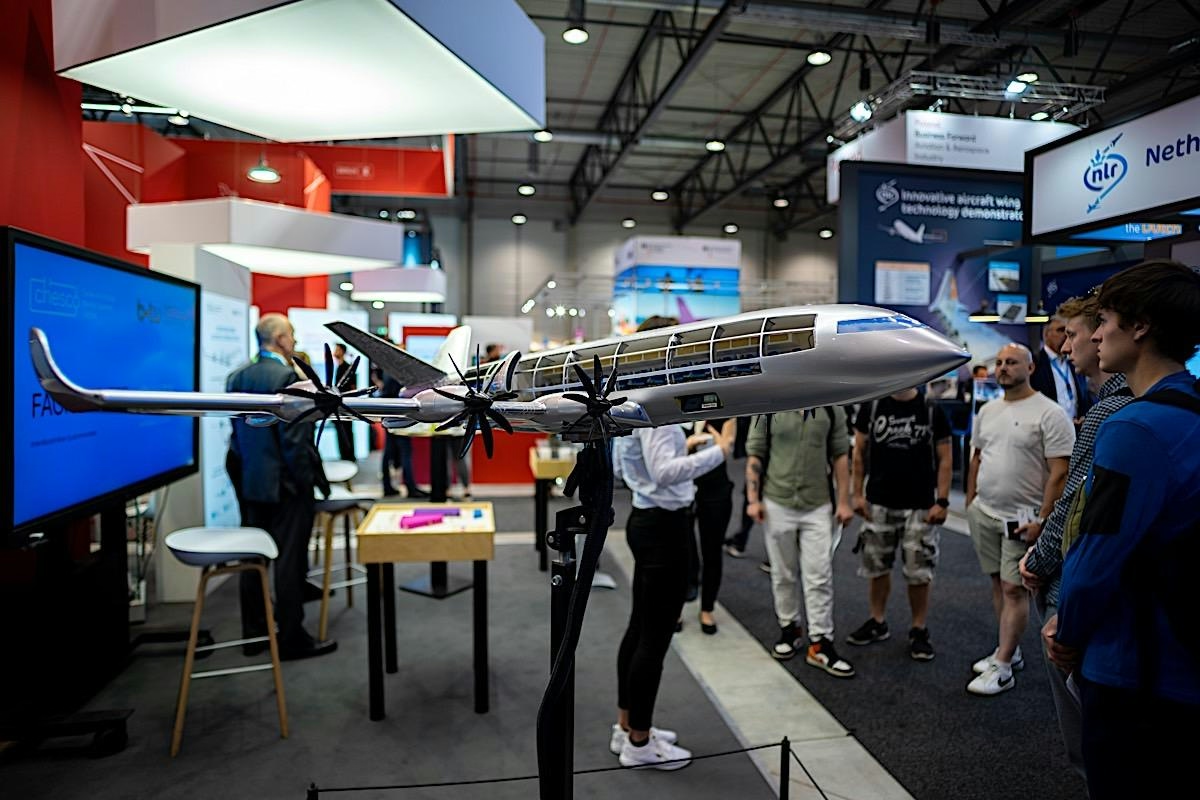
Electric and Hybrid Aircraft Innovation Platform
The aviation sector is undergoing a significant transformation with the increasing electrification of aircraft systems. Research into electric propulsion technologies is intensifying, accompanied by substantial investment in the development of electric and hybrid aircraft. This innovation spans a broad spectrum of aviation categories, including general aviation and recreational aircraft, business and regional jets, large commercial airliners, and vertical take-off and landing (VTOL) vehicles, often envisioned as electric urban air taxis.
Progress and Project Milestones
Numerous projects worldwide aim to bring electric and hybrid aircraft into commercial service primarily between 2020 and 2030, with some models already available on the market. Notably, four pioneering projects—Lilium, City Airbus, Boeing Aurora eVTOL, and Bye Aerospace Sun Flyer 2—completed their maiden flights in 2019. These initiatives differ considerably in their technical specifications, such as maximum take-off weight (MTOW), range, seating capacity, payload, cruise altitude, and speed, reflecting the diverse applications and operational requirements within the sector.
Despite rapid advancements, the industry faces considerable challenges. Regulatory frameworks remain under development, as current International Civil Aviation Organization (ICAO) environmental standards, particularly those outlined in Annex 16, do not yet specifically address electric and hybrid aircraft. ICAO continues to monitor technological progress closely and is evaluating the necessary Standards and Recommended Practices (SARPs) to accommodate these emerging aircraft types. Beyond regulation, manufacturers must overcome technological integration challenges and foster market acceptance by ensuring the reliability, safety, and public confidence in these new propulsion systems.
Categories of Electric and Hybrid Aircraft
Electric and hybrid aircraft projects can be broadly categorized based on their intended use and technical characteristics. General aviation and recreational aircraft typically have an MTOW ranging from 300 to 1,000 kilograms and accommodate two passengers. Most of these models are fully electric, with several already certified and in production.
Business and regional aircraft represent a step up in scale, offering seating for approximately ten passengers and flight ranges nearing 1,000 kilometers. These aircraft are primarily in development or early production phases, targeting longer regional routes.
Large commercial aircraft focus on hybrid-electric propulsion for single-aisle configurations, seating between 100 and 135 passengers. Due to the complexity and scale of these projects, entry into service is generally anticipated after 2030.
VTOL aircraft have seen significant technological progress, with designs accommodating one to five seats, MTOWs between 450 and 2,200 kilograms, and projected ranges from 16 to 300 kilometers. These fully electric vehicles aim for commercial introduction between 2020 and 2025, targeting urban air mobility markets.
Industry Dynamics and Market Developments
Investor interest in electric propulsion is robust, with companies such as MagniX and VoltAero leading the charge. The competitive landscape is marked by strategic partnerships, exemplified by the collaboration between Daher, Safran, Collins Aerospace, and Ascendance, which focuses on hybrid-electric propulsion system development. Hybrid Air Vehicles is expanding its presence in the United States with the Airlander 10 hybrid-electric airship, while Ascendance continues to advance its Atea hybrid-electric VTOL prototype. These developments underscore the sector’s dynamic innovation environment and intensifying competition.
As the industry progresses, the successful integration of new technologies, adaptation of regulatory frameworks, and acceptance by the market will be pivotal to the widespread adoption of electric and hybrid aircraft. Comprehensive data on ongoing projects, including technical specifications and timelines, is available through dedicated industry dashboards.
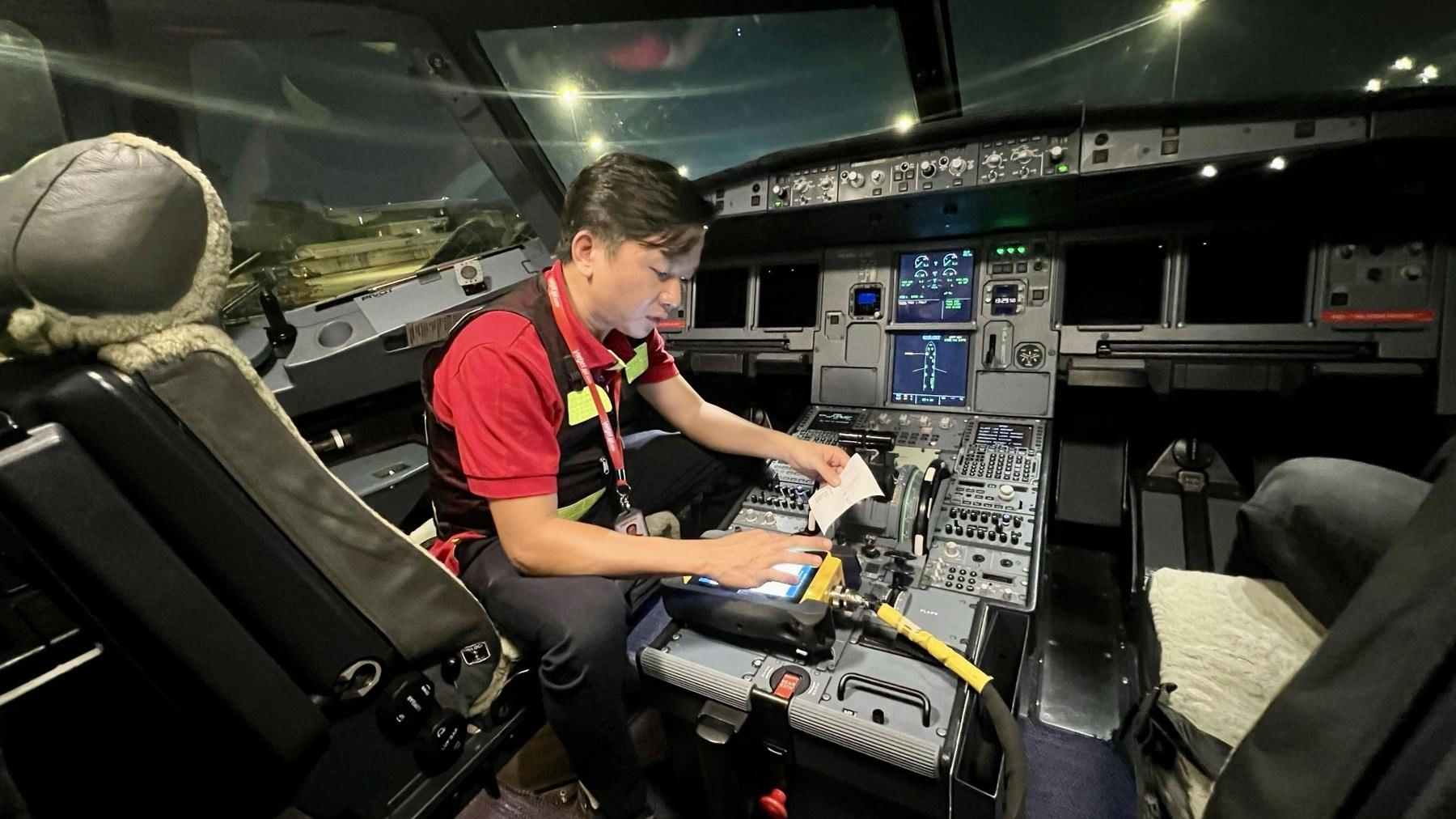
Inside Vietjet’s 32-Hour Emergency Response to Keep Airbus Fleet Operational
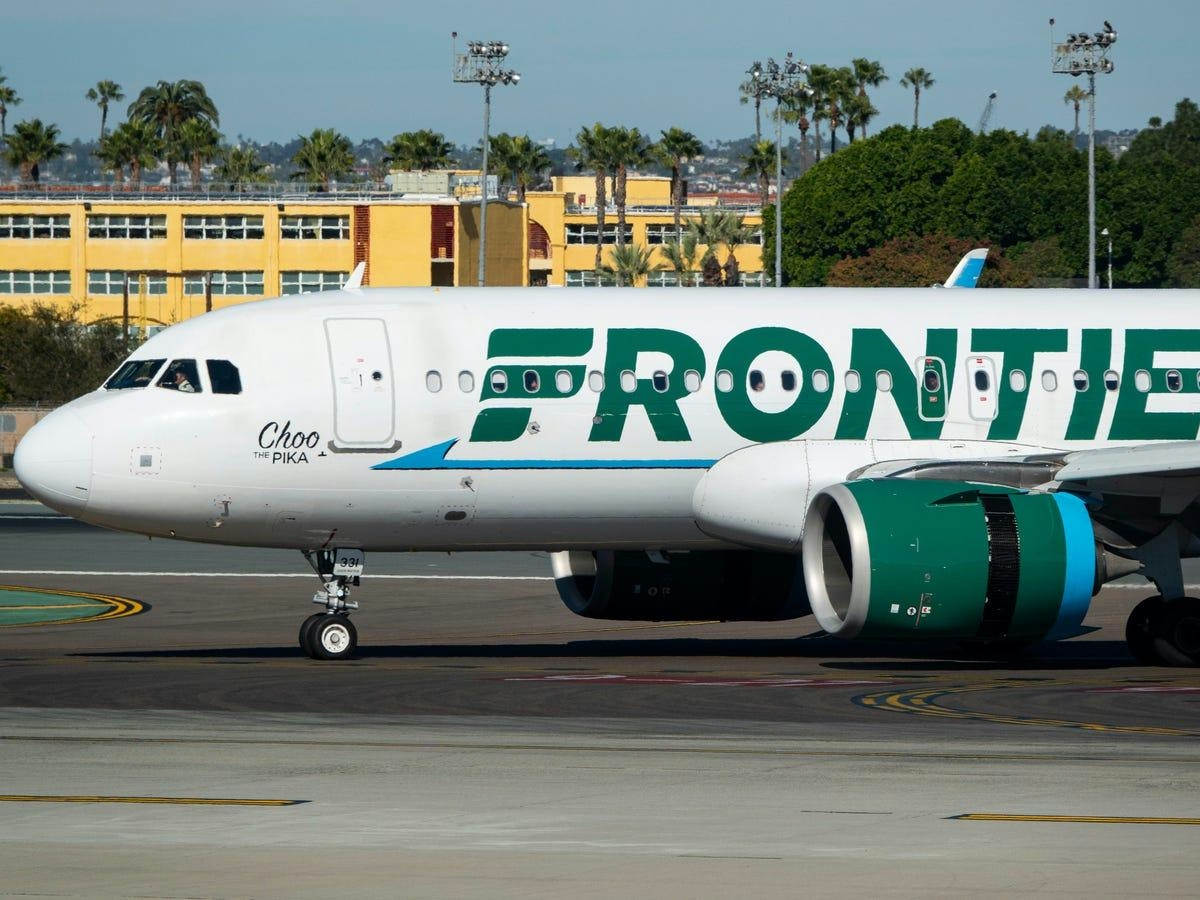
Frontier Airlines Airbus A321neo Returns to Cleveland After Engine Fire

Why the Boeing 777X Is Limited to a Single Engine Type
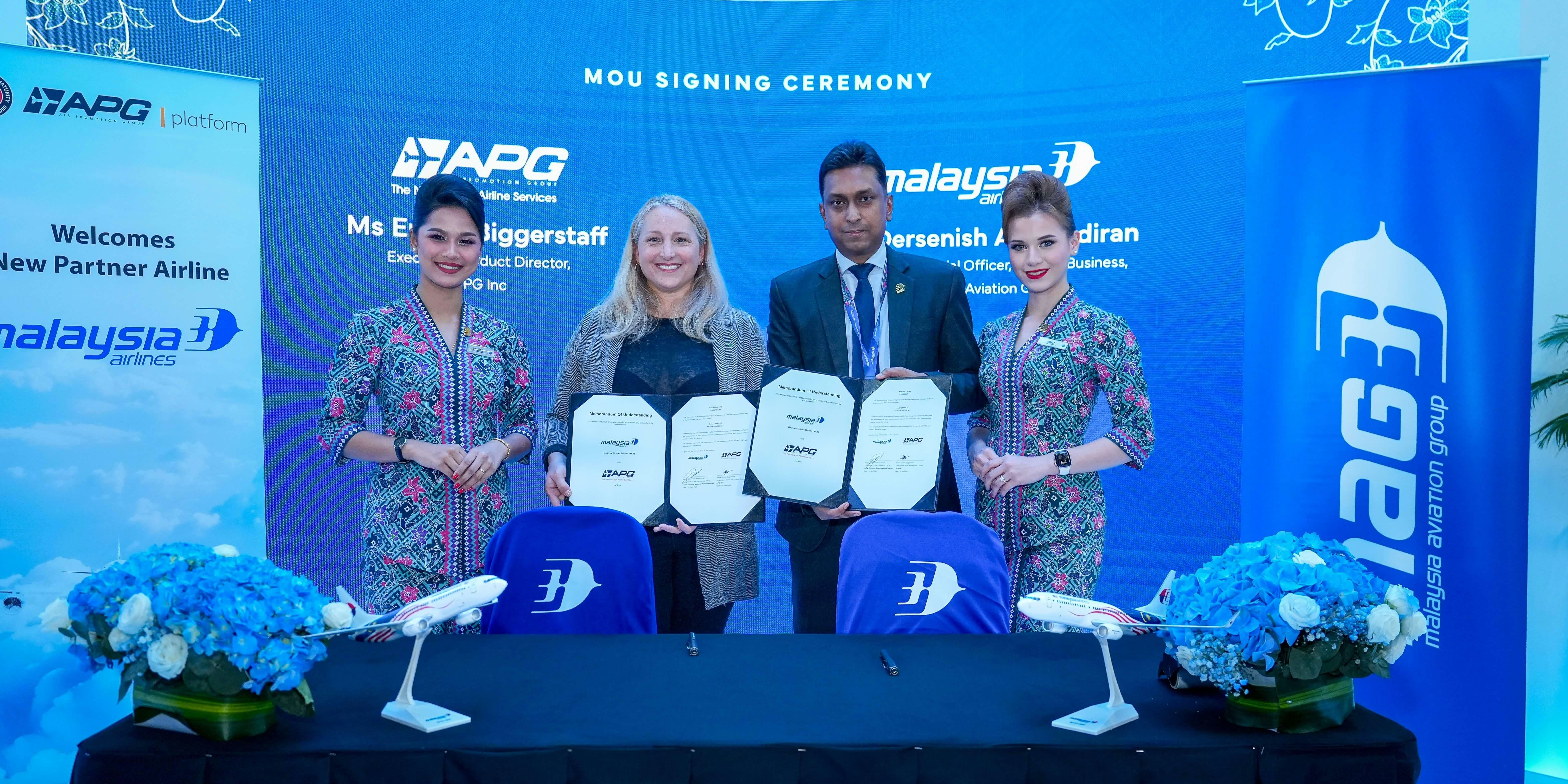
Malaysia Aviation Group Announces Long-Term Business Plan

TrueNoord Expands Executive Team

Hartzell Launches Sky-Tec Starter Line
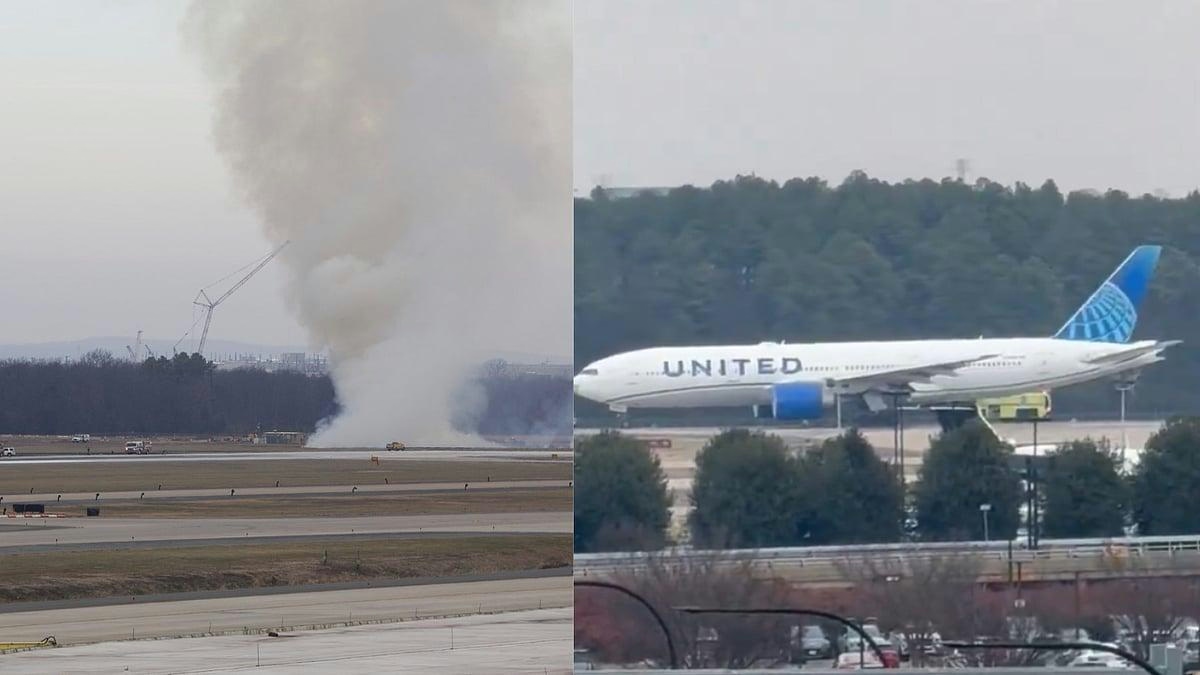
Boeing 777 Engine Failure Reported at Dulles Airport
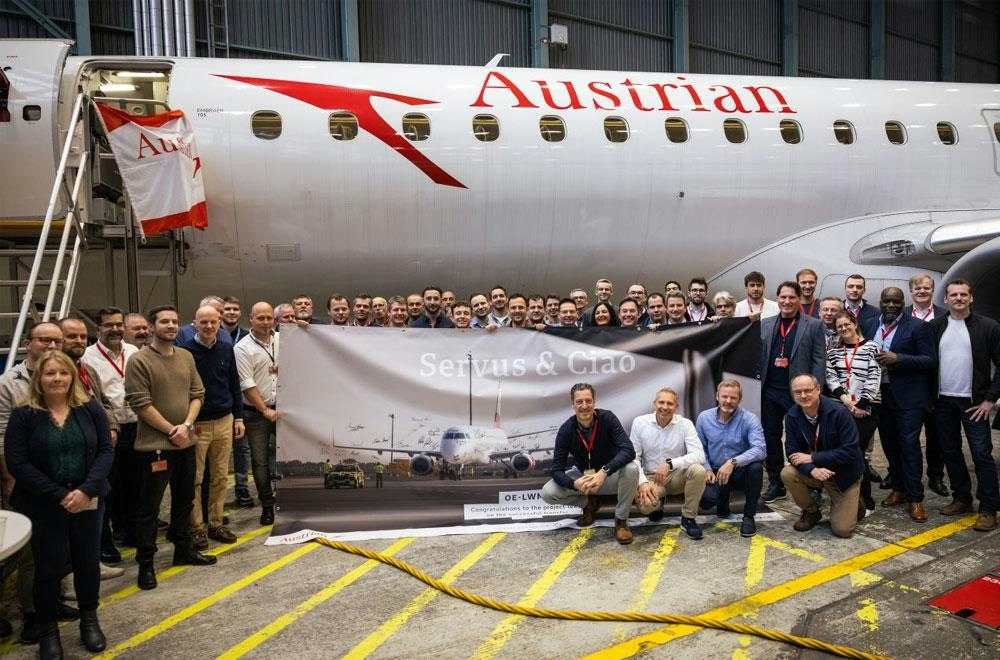
Austrian Airlines Transfers Embraer Fleet to Air Dolomiti
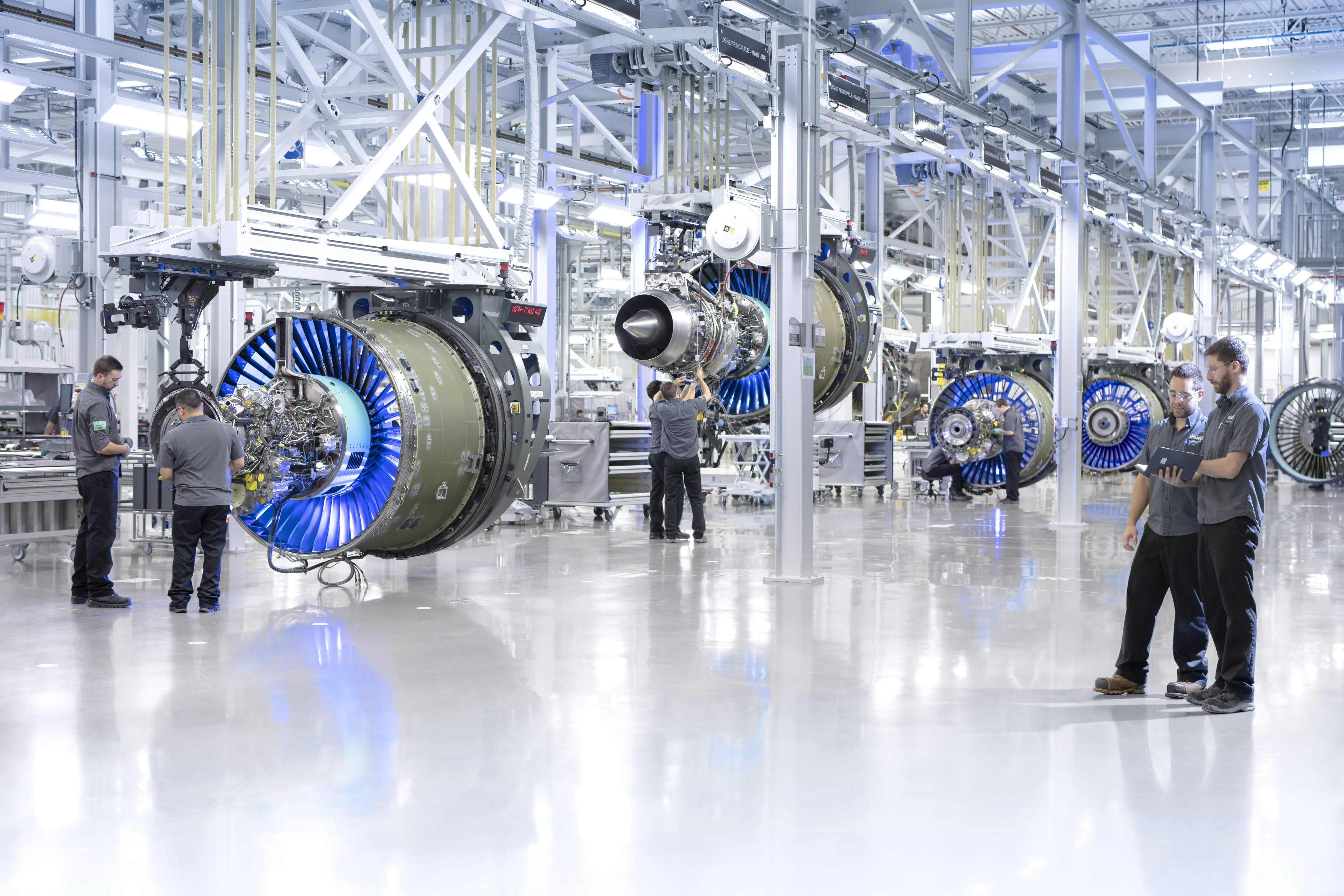
Airbus and Ingenium Open Aerospace Innovation Lab in Ottawa
